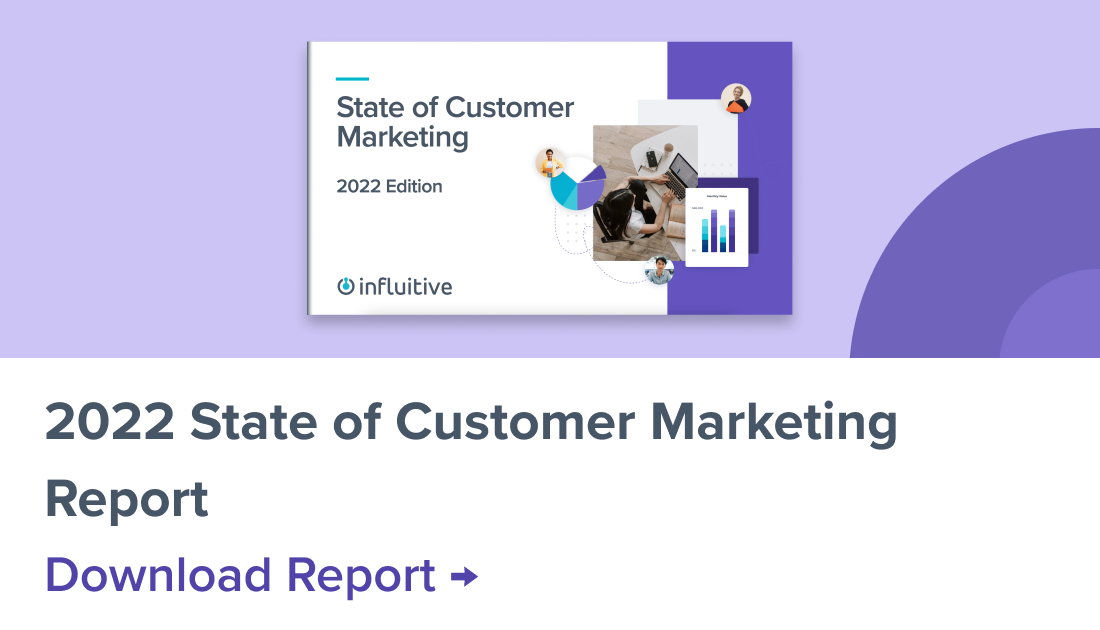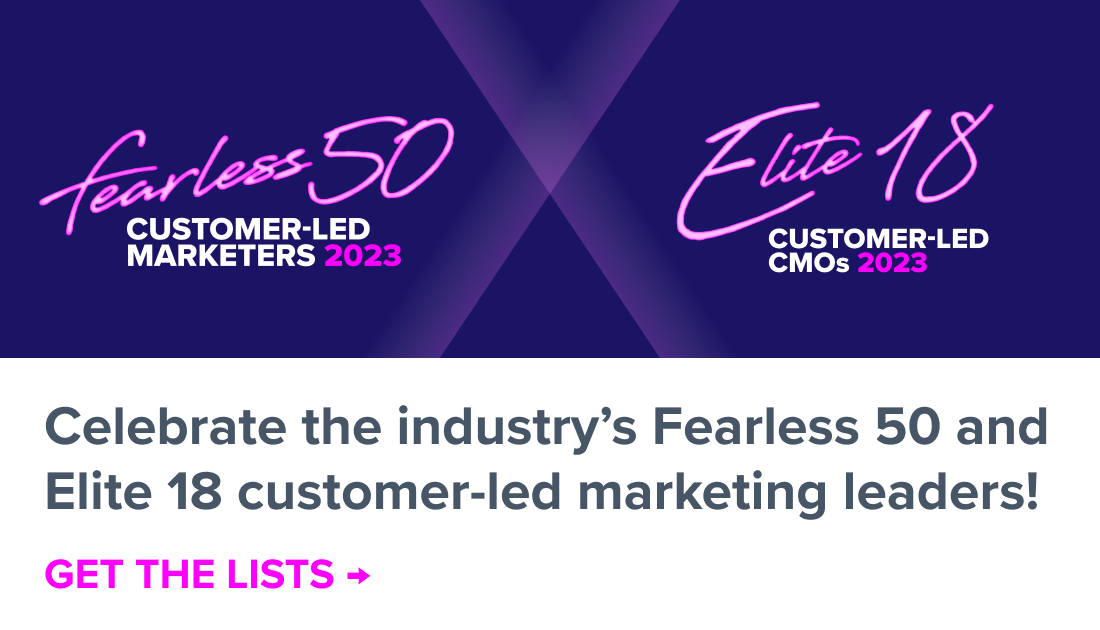Here’s a simple fact: the human brain is wired for reciprocity—the need to give back after we receive.
Take this example: a collaborative study done by researchers from four universities documented how bringing candy to a table after a meal influenced the value of tips that servers received. The results were astounding. If servers gave a piece of candy with the bill, they got 3% higher tips. Interestingly, if they doubled the amount of candy, the tip didn’t double: it quadrupled.
Even more fascinating? If they brought one candy to the table with the bill, and then came back with an unexpected second piece of candy, tips skyrocketed to 23% higher. (For a more in-depth look at this study, check out this video.)
Most people don’t even realize that most humans respond this way, but we do. This need to provide additional value when we receive additional value is reciprocity in a nutshell.
So, how can you build more effective advocate marketing communities by understanding this fundamental human tendency?
Check out my webinar below, or read on to learn how!
Why humans feel the need to reciprocate
Reciprocity is the need to give back in an equal manner to what we receive. For example, if someone smiles at you as you’re walking down the street, chances are you’ll probably smile back. But why?
The answer lies in the evolution of the human brain. Our brains evolved to feel and experience this notion of reciprocity because it actually helped us survive. Human beings are pack animals. We are stronger together than we are apart. For this reason, our brains evolved to help us avoid interacting with humans that were threatening, and to nurture relationships with those that were not. The best way for our brains to figure out how to nurture those advantageous relationships was for act in an equal manner to how we were being treated.
That’s the evolution of reciprocity.
This positive reciprocal behavior helped the human species not only survive, but thrive. As a result, reciprocity became a fundamental phenomenon that got coded into the human brain.
What does reciprocity have to do with advocacy?
What does this have to do with advocacy? How can understanding the evolution of reciprocity in the brain help you with advocate marketing?
Well, here’s the secret: advocate marketing programs that give more value will trigger the human need to reciprocate, and—as a result—those programs will get more value from their advocates!
How do you give the best value? There are many ways you to do it, but here are four different types of value you should be offering in your advocate marketing program:
- Business value
- Professional value
- Personal value
- Experiential value
Business Value – Educate your advocates
The best advocate marketing programs actually help advocates achieve better business results.
One of the best ways to do this inside an advocate marketing program is through education. This includes activities that offer tips and tricks for better product use, as well as best practices that help customers grow and develop.
Remember that customers don’t have unlimited time. Don’t just give them a link to a new eBook and expect them to read the whole thing. Provide a summary of the key points so they get the core insights quickly and easily!
Professional Value – Help your advocates network and grow
People are often looking for ways to build their professional network, establish a personal brand and turbo-charge their career. So, ask yourself: how can you utilize your advocate marketing program to help advocates grow in their careers?
There are a variety of ways to do this, including:
- Facilitating mentorship programs to help advocates grow their professional networks
- Trying to source and offer speaking gigs to help advocates be recognized as thought leaders
- Educating advocates on the trends in your industry so they can stay in-the-know
The key is to understand what your advocates strive for in their careers. Then, use your program to help contribute towards their goals.
Personal Value – Make your advocates feel special outside of work
One of the goals of your advocate marketing program should be to offer personal value to your advocates in their everyday lives. One of the best ways to do this is through the rewards and perks you offer in your program. These are a great avenue for contributing value outside the construct of the working world.
This is not to say that rewards and perks can’t be used to add business value and professional value. For example, a reward could be a discounted services package (business value). Or, you can give an advocate a one-on-one dinner with your CEO (professional advancement).
There’s definitely overlap, but rewards and perks can be particularly useful to help your advocates on a personal level, so long as you make them meaningful and relevant. Most people, when thinking of rewards, imagine items like gift cards. That’s not a great reward because it likely doesn’t add much meaningful value to your advocate’s life.
However, if you can find things that resonate with your audience on a deeper level, then you’re adding personal value. For example, if your customers are community-oriented and philanthropic, providing a reward that allows them to donate to charity they care about is meaningful.
While this may sound counter-intuitive, it’s important to generalize a bit. The more you can include rewards that have meaning and relevance on as broad of a scale as possible, the more aggregate value your program will offer.
This doesn’t mean you can’t be personable and give things in one-off situations, though. For example, when Influitive’s advocate marketer found out that one of our advocates was pregnant, he sent her a cute Influitive onesie! The onesie didn’t add any business value to the organization. It certainly didn’t offer any career development. However, it did touch the recipient on a personal level.
Experiential Value – Make the experience in your program amazing
Experiential value is less about what you’re giving and more about how you’re giving it. This goes back to the third part of the candy equation where tips went up 23%; the customer was still getting two pieces of candy, but one was given before the bill, and the second was given after. The tips go up substantially not because you’re giving more candy, but because you’re giving it in an unexpected, better way.
In your advocate marketing program, the best way to impact how you give value is through communication. There are typically two options: automated or customized communications. While automated communications are effective for scale, more customized communications can create more positive experiences. The key is finding the right balance!
When you’re educating to provide business value, or facilitating connections and networking, or offering new rewards, make sure to balance offering this value at scale versus being more customized and experientially positive.
Finally, it’s important to add some personality to your program. Make it fun—take out the robotic tone and add some flare. Whether customers are experiencing business, professional or personal value, think about how the tone of your communications can give them the best experience.
Bringing it all together
Let’s think back to the reciprocal underpinnings of servers offering candy with the bills. Providing customers with the products and services they expect to pay for is like bringing the bill to the table. Adding business value, professional value and personal value are like giving candies that add incremental value to customers. And of course, giving those things in an experientially positive way is the icing on the cake (or the surprise extra piece of candy after the bill).
Whether you have an advocate marketing program already, or are looking to build one, focusing on the value you’re giving your advocates is key to encouraging reciprocity—and creating an engaging experience that will keep them coming back.











































